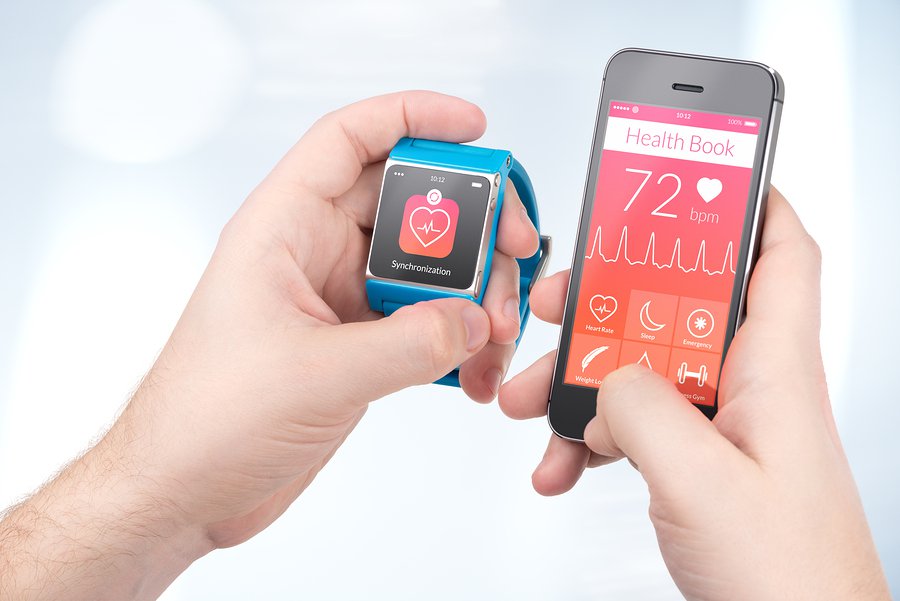How Is Wearable Technology And Mobility Revolutionizing The Healthcare Industry?
Tech advancements have completely transformed the way things work in various industries. From the business arena to service sectors, tech innovations have stirred up revolutions across industry verticals. The medical and healthcare sector is not far from recognizing and reaping the benefits of latest technologies, which create new possibilities for advanced patient care.
If you are wondering about what these technologies can do for the healthcare sector, a few market stats will clear your doubts. Before turning to them, let’s get knowledgeable about these crucial tech advancements.
The central protagonists
When it comes to stirring up revolutions in the healthcare industry, none other than mobility and wearable technology emerge as the greatest discoveries. From tracking patients’ health in real-time to sharing crucial medical information, there’s nothing that mobility can’t help you achieve.
It’s high time to check a few stats in this context.
According to reliable market reports, 2016 will witness a dramatic surge in the production and sale of mobile devices in the healthcare industry. From critical collaborations to effective patient care, mobility solutions play the key role in revolutionizing numerous processes and functions. Some of the essential benefits of mobility solutions include:
- Patient care: Whether it’s tracking patients’ medical history or staying updated about checkups and treatment, mobility software solutions make every task simpler than ever!
- Backend support: Record maintenance, appointment scheduling, and billing hadn’t been easier. Mobility solutions have made it possible.
With these benefits along with 24*7 patient-monitoring, mobility seems to unlock numerous opportunities and possibilities for the healthcare sector. On that note, it’s high time to see what wearable technology can do for the medical sectors.
Healthcare industry and wearables
Although wearable technology hasn’t yet gained strong grounds, it is advancing quite steadily. As the wearable technology allows remote patient-care, hospital costs, and other related expenses reduce to a great extent; healthcare facilities are adopting this technology right away.
Let’s take a look at how wearable transforms operations and processes in the healthcare sectors.
Statistics speak
Crucial statistical insights reveal how wearable devices such as Smartwatch and fitness bands increase life expectancy. According to stats, nearly 56% of individuals believe that wearable devices have the power to increase life expectancy by almost 10 years. Another study suggests that the widespread use of fitness devices have decreased sick days by 44%.
These stats offer crystal clear insights into the real picture. Wearable devices are revolutionizing healthcare sectors and how! Take a look.
I. Embracing IOT: Wearable technology will popularize Internet of Things and help you embrace the concept for future developments.
II. Transform Big Data: With wearable devices, you can transform big data into crucial information capable of delivering actionable insights.
III. Human-centered Designs: The wearable technology will popularize simple functioning and operations with human-centered designs.
Bringing change with innovation
While those are some of the crucial highlights of Wearable devices and technologies, users can reap more benefits. With the help of this particular technology, you will have the opportunity to track surgical recoveries, time taken for returning to work and manage catastrophe claims.
It’s quite evident that the future will bring great news for mobility and wearable!






